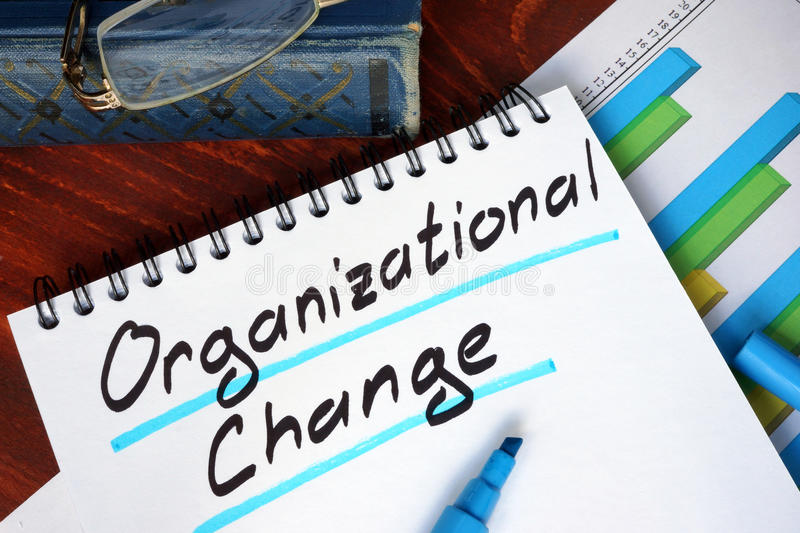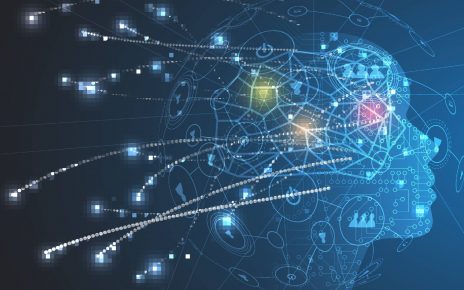Organizations change and development
The field of organizational change and development, the organizational intervention, complex issues facing organizational development.
The field of organizational change and development
“Organizational change is the implementation of new procedures or technologies intended to realign an organization with the changing demands of its business environment, or to capitalize on business opportunities.” (ODR®, a consulting firm)
1. Change occurs in society, organizations or individuals.
2. It implies a perceived difference or transformation
3. It is continuous.
4. Modern change has changed in speed, depth and complexity.
5. The present generation has witnessed many changes.
6. Change brings new social values, new ways of doing things and new possibilities.
The organizational intervention
- Strategy driven change
- Change in strategy planning
- Structural intervention
- Cultural intervention
- Human process intervention
Complex issues facing organizational development.
Examples of actions and circumstances which impact private for-profit and not-for-profit organizations as well as nations and which cause change include:
- Organizations and their employees are charged with illegalities
- Economic conditions change as they are impacted by organizational failures, terrorist attacks, natural disasters, etc.
- Consumer behavior changes, e.g., children use computers at a very early age
- Suppliers fail as big customers force them to lower prices or as other changes impact them g.,
Mattel toys manufactured in China containing lead
- Employee unions strike as organizational leaders give themselves bigger bonuses salaries and ask for concessions from unions
- Violence spills over from society to the work place and schools. Children and adults are injured.
- Natural disasters occur throughout the world and individuals, organizations and nations try to respond to the impact of hurricanes, earthquakes, tornadoes, tsunamis, fires and floods.
- Countries and terrorists threaten and attack each other verbally and physically; and the pictures of those attacks are shown 24 hours a day 7 days a week throughout the world
- Individuals and families experience pain from addictions to credit card debt, illegal and legal drugs, pornography, gambling, etc.
Change models
- The Action Research Model/Theory (Collier, 1945; Lewin, 1946; French, 1969; Schein, 1980);
- Lewin’s Three-Step Model (Lewin,1945; Lewin,1951);
- Schein’s Extension of Lewin’s Change Model (Schein, 1980);
- The Lippit, Watson and Westley model of planned change which expanded Lewin’s Three-Step Model to a Five-Phase Model (Lippit, Watson, and Westley 1958);
- Kotter’s Strategic Eight-Step Model (Kotter, 1996);
- Mento, Jones and Dirmdofer’s Twelve-Step Model (Mento, Jones and Dirmdofer’s 2002);
- Jick’s Ten-Step Model (Jick, 2003; Jick, 2001); and
- Shield’s five-step model (Schield, 1999).



